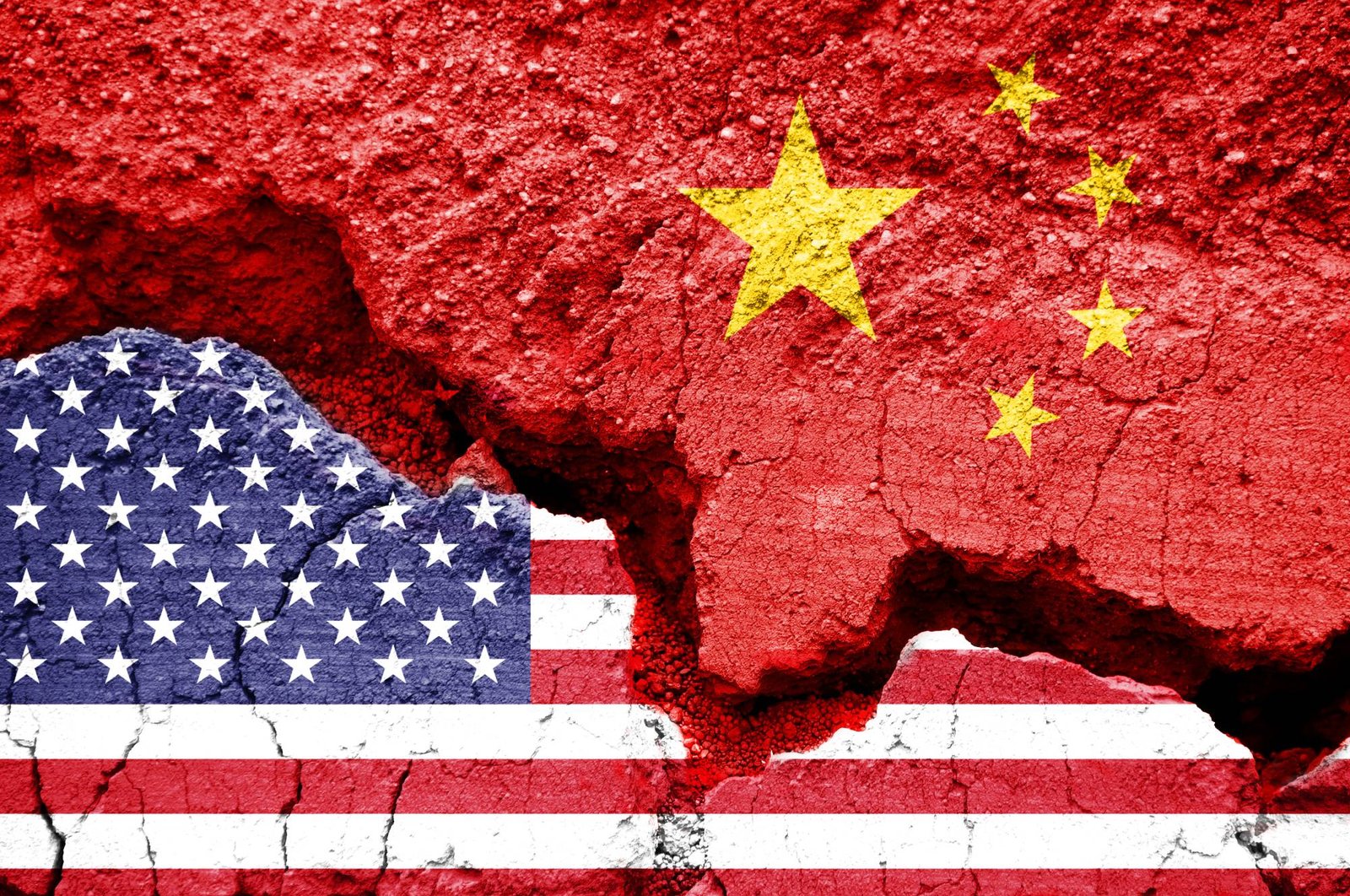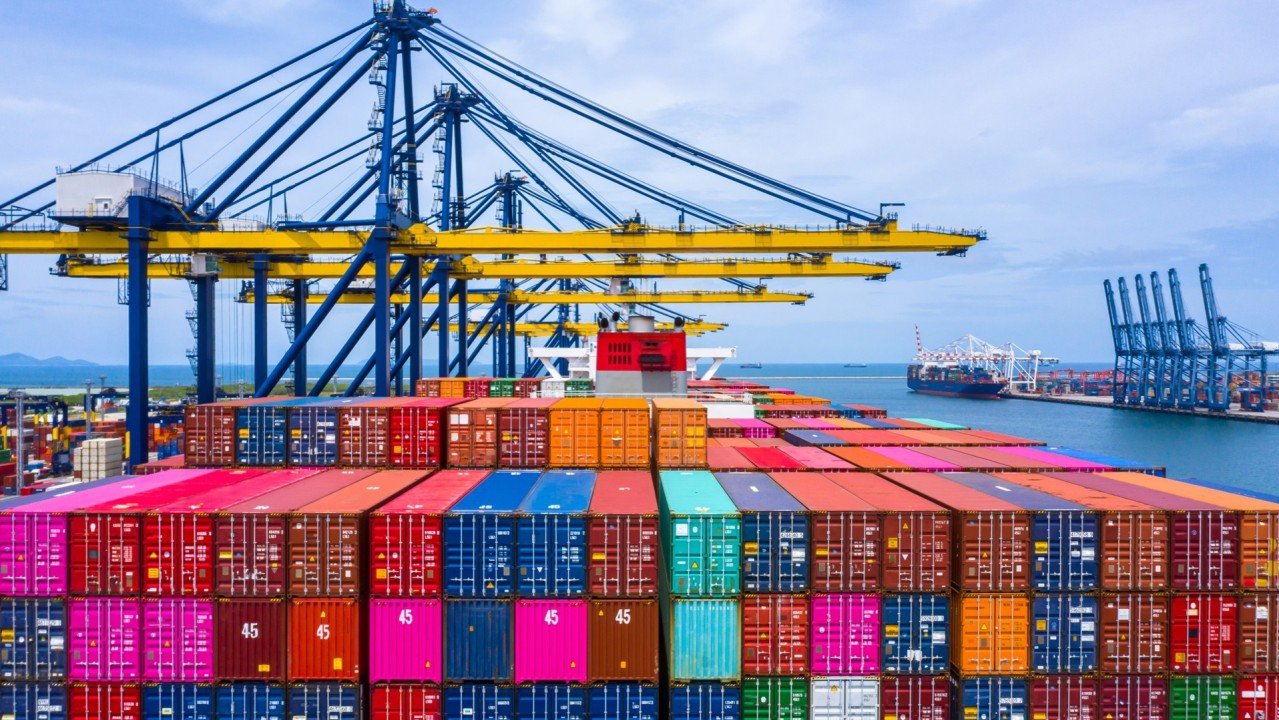Arshad Mahmood Awan
Pakistan’s latest population and housing census, conducted in March 2023, has revealed more than just demographic shifts — it has uncovered a quiet but powerful transformation in the country’s energy landscape. For the first time, access to electricity has declined in national statistics, with 84 percent of households now connected to the grid, down from 88 percent in 2017. While urban access dropped slightly from 97 to 95 percent, it is in rural Pakistan that the real story unfolds — not of failure, but of change.
Rural grid connectivity declined from 82 to 77 percent. At first glance, this seems like a regression in infrastructure development. However, a deeper examination suggests a different narrative: rural communities are increasingly choosing to go off-grid, not out of desperation but out of innovation and necessity. They are not waiting for the state to catch up — they are leaping forward on their own terms.
For the first time, solar energy has been included as a distinct source of household lighting in the census. Nationally, 8 percent of households now use solar as their primary energy source, rising to 11 percent in rural areas. In Balochistan and Sindh, the shift is even more striking — 34 and 22 percent of rural households respectively rely primarily on solar power. Meanwhile, urban areas and Punjab remain slower to adopt this transition.
This is no longer a peripheral trend; it is a grassroots, market-driven transformation. It reflects a form of energy leapfrogging where remote communities, long neglected by the state, are bypassing traditional infrastructure altogether. They are building decentralized, solar-powered energy solutions that are reliable, cost-effective, and independent.
And this is just the beginning. Since the 2023 census, Pakistan has seen a surge in solar panel imports. In 2023 alone, $377 million worth of panels were imported. In the 17 months that followed, that number rose to $3.1 billion — including $1.1 billion in the first five months of 2025 alone. Pakistan has now imported more solar panels in the past two years than in all the years prior combined.
This spike is further bolstered by declining battery prices and the rising availability of DC-powered appliances, making it likely — if not certain — that rural solar adoption has doubled since the last census. Rural energy independence is no longer a dream. It is happening, and fast.
In urban Pakistan, the solar revolution is taking a different form: net metering. Primarily used by high-income households, net metering allows consumers to feed excess electricity back into the national grid in return for credits. NEPRA data indicates that net metering exports in 2025 are expected to triple compared to 2023, especially during peak summer months. But unlike the rural surge, this urban transition is taking place in a policy vacuum.
Please, subscribe to the YouTube channel of republicpolicy.com for quality content.
The government’s mishandling of net metering policy is a case study in reactive, populist governance. In 2024, an attempt to revise buyback rates — which determine how much solar users are paid for electricity sent back to the grid — was rolled back after backlash from lobby groups. Since then, silence has prevailed. No new reforms, no recalibrated pricing, and no framework to ensure long-term sustainability.
As a result, Pakistan now offers some of the most generous net metering rates in the region. This disproportionately benefits a small, affluent segment of society while shifting the financial burden to those who remain dependent on the grid. It’s an inequitable model: renters, low-income families, and those living in apartment buildings continue to face rising electricity tariffs and unreliable supply, all while indirectly subsidizing the solar savings of others.
This dynamic is not just unfair — it is economically unsustainable. While rooftop solar should remain an attractive investment, it must not come at the expense of the broader population. Rationalizing net metering rates is critical to ensuring equity and long-term system health.
The government must also re-evaluate its approach to electricity subsidies. Pakistan still subsidizes electricity consumption rather than actual need. Many affluent households now operate hybrid systems — using solar during the day and drawing subsidized electricity at night. These users often qualify for lifeline tariffs due to underreported consumption, even when their overall usage remains high. This system rewards manipulation, not vulnerability.
Better tools for targeted subsidies already exist. For instance, the Benazir Income Support Programme (BISP) uses a robust means-testing database that could be adapted to allocate subsidies more accurately based on socioeconomic realities rather than arbitrary billing thresholds.
Pakistan’s energy transition is unfolding on two parallel tracks: a rural off-grid boom driven by necessity and an urban solar surge driven by incentive. What binds both trends is the state’s absence — an abdication of policy responsibility at a critical moment in the country’s energy evolution.
The government has allowed the market to run ahead without updating the rules, without rethinking pricing models, and without ensuring that the energy transition is just, inclusive, and strategic. The consequence is a fragmented system where innovation thrives in pockets, but the benefits are unevenly distributed.
Now is the time for action. The government must seize this opportunity not just to regulate but to enable. That means designing smarter net metering frameworks, shifting subsidies toward the truly vulnerable, and actively supporting decentralized solar adoption in underserved regions. It means acknowledging that the future of energy in Pakistan is no longer about mega-projects and central grids, but about enabling households and communities to power themselves.
If handled with foresight and fairness, this could be Pakistan’s most inclusive energy story yet — a rare instance where innovation from below meets reform from above to illuminate the lives of millions. But if left unchecked, it risks becoming another tale of inequality, where energy freedom becomes yet another privilege of the few.















